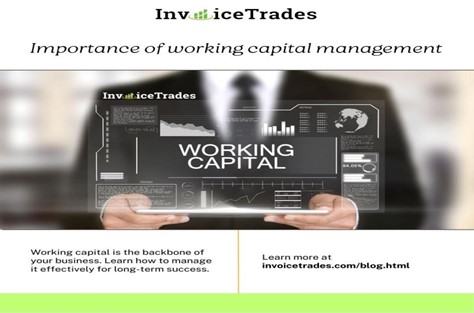
Working capital, defined as the difference between a company's current assets and current liabilities, plays a pivotal role in the day-to-day operations and overall financial health of a business. Effective working capital management is crucial for ensuring that a company can meet its short-term obligations and sustain its daily operations. This outline explores the components of working capital, key metrics, the importance of working capital management, strategies for optimization, challenges, and real-world case studies.
• Importance of maintaining sufficient cash reserves for operational needs.
• The significance of timely collections to enhance cash flow.
• Balancing optimal inventory levels to meet demand without excessive holding costs.
• Managing payable terms to maintain positive supplier relationships.
• Evaluating the impact of short-term borrowing on working capital.
• Understanding and controlling obligations that have not been paid.
• Analysis of a company's ability to cover its short-term liabilities with its short-term assets. B. Quick ratio
• Similar to the current ratio but excludes inventory to provide a more conservative measure of liquidity. C. Cash conversion cycle
• Evaluating the time it takes for a company to convert its investments in inventory and other resources into cash. D. Days Sales Outstanding (DSO)
• Measuring the average number of days it takes to collect revenue after a sale. E. Days Payable Outstanding (DPO)
• Analyzing the average number of days a company takes to pay its suppliers. F. Inventory turnover
• Assessing the efficiency of inventory management by measuring how many times inventory is sold and replaced within a specific period.
• Avoiding disruptions by maintaining adequate liquidity for ongoing expenses.
• Fulfilling obligations to suppliers, employees, and creditors in a timely manner
• Maximizing cash availability to invest in growth opportunities or weather economic downturns.
• Reducing the need for expensive short-term borrowing by managing working capital efficiently.
• Adapting to changes in the business environment by having the flexibility to adjust operations.
• Building resilience to economic challenges by having a strong working capital position.
• Minimizing holding costs by receiving goods only as needed for production or sales.
• Prioritizing inventory management based on the importance of items to the overall business.
• Establishing credit terms that balance the need to attract customers with the importance of timely payments.
• Implementing effective processes for collecting receivables promptly
• Working with suppliers to establish terms that align with the company's cash flow.
• Cultivating positive relationships with suppliers for potential benefits such as discounts and improved terms.
• Adapting to changes in economic conditions that may affect demand, pricing, and the availability of credit. B. Seasonal variations
• Addressing the impact of seasonality on cash flow and working capital needs. C. Rapid business growth
• Managing working capital challenges that arise from sudden increases in sales or expansion.
• Highlighting companies that have effectively managed working capital to achieve financial success. B. Instances of poor working capital management and their consequences
• Analyzing cases where inadequate working capital management led to financial difficulties or business failures.
• Summarizing the key points on how effective working capital management contributes to financial stability and growth. B. Call to action for businesses to prioritize effective working capital management.
• Encouraging businesses to assess their working capital practices, implement strategies for improvement, and seek professional guidance when needed.
• Working capital is the difference between a company's current assets and liabilities, representing its short-term operational liquidity.
• Effective working capital management ensures a company can meet short-term obligations, sustain operations, and enhance overall financial health.
• Key metrics include the current ratio, quick ratio, cash conversion cycle, days sales outstanding (DSO), and inventory turnover
• Strategies include efficient inventory management, prudent accounts receivable and payable practices, and maintaining strong relationships with suppliers.
• Challenges include economic fluctuations, seasonal variations, and managing working capital during rapid business growth.